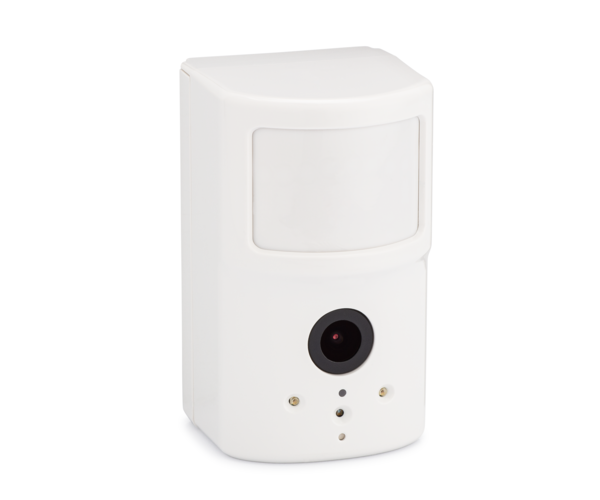Resideo to Standardize On a New Date Code Format in 2022
Posted By Julia RossResideo and Honeywell Home, formerly Honeywell, released an announcement last week that they will change their date code format from a YDDD (Year, Day of the year) format, to use YYWW (Year, Week of the year). This is being done, ostensibly, to simplify the decoding of date codes for users.
Product date codes are important for determining whether a product is still under warranty, as well as whether it may be affected by a particular anomaly that may have occurred because of an issue in the manufacturing process. For Carbon Monoxide detectors, which always have a finite useful life, the manufacturing date code is important to help determine when a CO detector needs to be replaced, particularly if the detector doesn't include a feature to warn a user when its useful life is coming to an end. For all these reasons, it's important to be able to decode a date code.
Going all the way back to the Ademco days, Resideo products have used a date code where a letter signified the Year of manufacture, and a 3-digit number signified the day of manufacture. For example, 2022 has been signified by the letter F, so a date code of F159 would indicate a product was manufactured on the 159th day of 2022, or June 8. Calendars can be downloaded from the internet with all the days of the year enumerated.
Of course, this date code scheme has advantages and disadvantages. The letter used to signify each year can seem somewhat arbitrary, and at some point, letters must begin to be repeated. So, with a very long-lived product line, there could be some confusion as to whether a particular letter indicates the older or newer iteration of that letter for that product. The advantage of this format is that you know exactly which day a product was manufactured, and exactly which day it was packaged (packaging has its own date code, which follows the same format). This information can be helpful when determining a manufacturing issue.
Starting this month, June 2022, Resideo will standardize on a new Date Code format. In this format, containing four (4) digits, the first two (2) digits will indicate the year of manufacture, and the last two (2) digits will indicate the week of that year (YYWW). This will simplify things, as no one will have to look up or figure out which year goes with which letter, but it also doesn't supply quite as detailed an accounting of when a product was manufactured or packaged as the old format did. Packaging date codes will also be making the switch.
Below are some examples of the new Date Code, in these examples, the Date Codes are all 2223, indicating they were manufactured the 23rd week of 2022:









